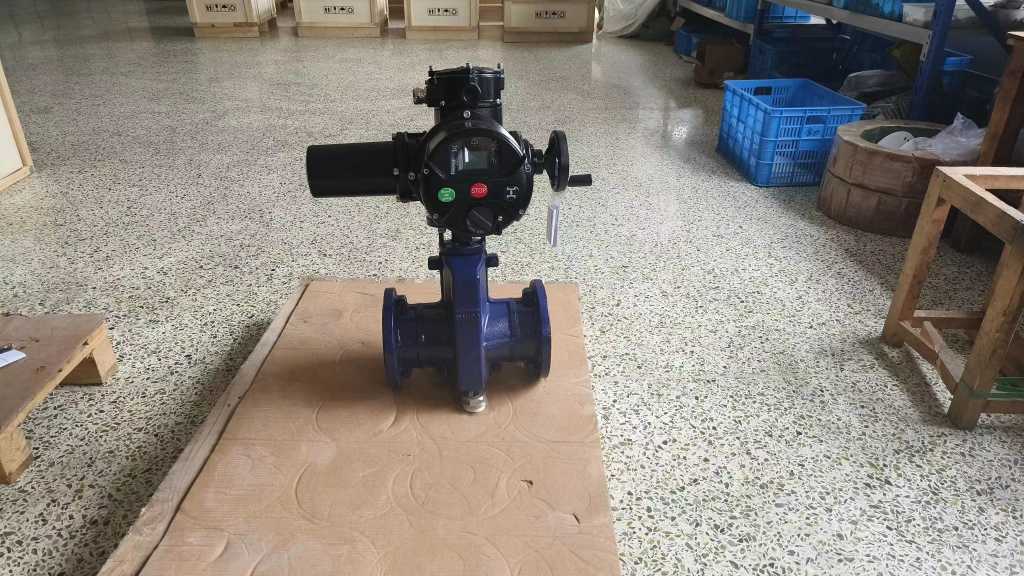understanding the role of hydrogen energy electric pinch valve in modern hydrogen systems
Release time:2025-10-27 11:27:26
The global push for sustainable energy solutions has led to significant advancements in various technologies, with hydrogen energy emerging as a promising alternative to traditional fossil fuels. One critical component in hydrogen energy systems is the valve, specifically the Hydrogen Energy Electric Pinch Valve. This valve plays a vital role in ensuring the efficient and safe flow of hydrogen gas through various systems, including fuel cells, hydrogen storage tanks, and pipelines. In this article, we will explore the working principles, applications, advantages, and challenges associated with the Hydrogen Energy Electric Pinch Valve, and its growing importance in the hydrogen energy sector.

What is a Hydrogen Energy Electric Pinch Valve?
A Hydrogen Energy Electric Pinch Valve is a type of valve designed to regulate the flow of hydrogen gas within a system. It operates by constricting a flexible tube or hose, thereby controlling the flow of hydrogen. This mechanism is different from traditional valves such as ball or butterfly valves, which rely on mechanical parts to open and close the flow path. Instead, pinch valves function by using an actuator that applies pressure to compress a flexible membrane or tube, effectively controlling the flow of gas or liquid.
The electric version of the pinch valve is equipped with an electric actuator, which allows for precise control over the valve’s operation. This actuator can be remotely controlled, making it suitable for automated systems and allowing for quick, reliable, and efficient adjustments to the hydrogen flow.

